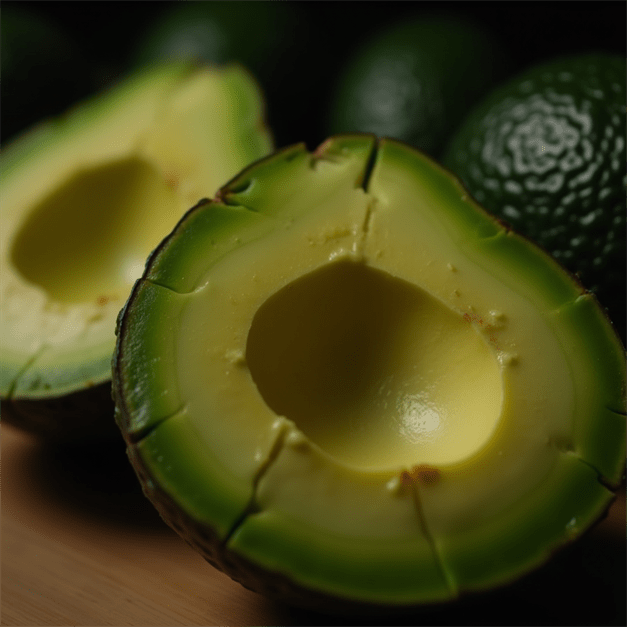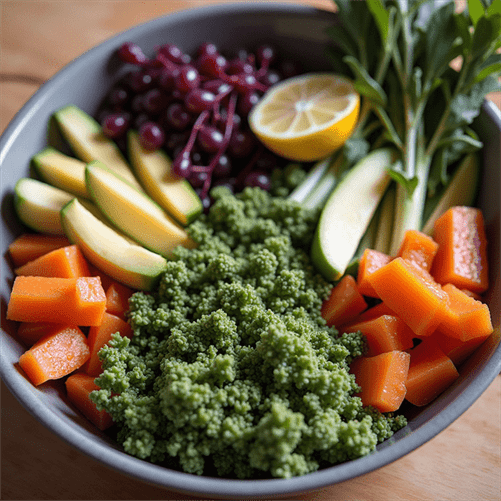The Great Hunger Games (And Why Your Body Isn’t Playing Fair)
 Listen, I need to tell you about the time I tried to outsmart my own biology. Picture this: me, a trained nurse who should know better, standing in my kitchen at 2 AM, systematically demolishing a sleeve of saltines like I was conducting some sort of carbohydrate archaeology dig. I had yet to discover “feeding freedom”.
Listen, I need to tell you about the time I tried to outsmart my own biology. Picture this: me, a trained nurse who should know better, standing in my kitchen at 2 AM, systematically demolishing a sleeve of saltines like I was conducting some sort of carbohydrate archaeology dig. I had yet to discover “feeding freedom”.
This was during my “I can totally survive on 1,200 calories a day” phase—you know, that special kind of hell where you convince yourself that if you just have enough willpower, your body will stop being so… bodily.
Here’s what nobody tells you about hunger: it’s not a character flaw. It’s physics. And the solution isn’t more restriction—it’s something I call feeding freedom.
What Is Feeding Freedom?
Feeding freedom is the revolutionary idea that you can actually trust your body to do what it was designed to do: regulate itself. I know, I know—in a world where we’re told our bodies are basically rebellious teenagers that need constant supervision, this sounds like letting the inmates run the asylum. But stick with me here.
Energy Regulation: Your Body’s Internal GPS
Your body operates on a beautifully simple principle that would make Newton proud. When energy goes out, energy must come in. Your brain alone burns about 400-500 calories a day just keeping you alive and preventing you from walking into walls. Add in your heart beating, your lungs breathing, your liver doing whatever mysterious liver things it does, and you’re already at around 1,200 calories just for basic human maintenance.
So when diet culture tells you to eat exactly that much and somehow also exercise, work, think, and function like a normal human being? Well, that’s like trying to drive from California to New York on a quarter tank of gas and being surprised when you break down in Nevada.
Metabolic Health: Why Your Body Fights Back
The cruel irony is that restriction doesn’t just make you physically hungry—it makes you mentally obsessed. There’s actual science behind this, courtesy of some researchers who clearly had too much time on their hands and decided to starve people in the name of knowledge.
In the famous Minnesota Starvation Experiment (yes, that’s a real thing), they put healthy men on restricted calories and watched what happened. Spoiler alert: it wasn’t pretty. These guys became completely fixated on food. They’d stare at cookbooks like pornography, dream about meals, and lose their minds over crumbs. Sound familiar?
Muscle Preservation: What Really Gets Sacrificed
Here’s the kicker: when your body goes into survival mode, it doesn’t just slow down your metabolism—it starts eating your muscle tissue for fuel. Your brain figures, “Well, if we’re in a famine, we better keep the fat stores and get rid of this expensive-to-maintain muscle.” It’s like your body is Marie Kondo-ing itself, but with the worst possible priorities.
Cellular Repair: When Maintenance Goes Out the Window
Meanwhile, all those crucial cellular repair processes? They get put on the back burner faster than a pot of rice when the smoke alarm goes off. Your body literally stops investing in long-term maintenance because it thinks it’s in survival mode. It’s like skipping oil changes because you’re not sure you can afford gas.
Natural Hunger Control: Your Built-In Wisdom System
When Your Brain Hits the Panic Button
Your brain, bless its little control-freak heart, has one job when it comes to food: keep you alive. When you restrict calories, it panics like a suburban mom running out of hand sanitizer. It cranks up your hunger hormones, slows down your metabolism, and basically turns you into a heat-seeking missile for anything edible.
This is why I found myself in that kitchen, treating those crackers like they held the secrets of the universe. My body wasn’t broken or weak—it was doing exactly what millions of years of evolution programmed it to do: survive.
Metabolic Flexibility: The Real Superpower
Here’s the thing that took me way too long to figure out: you can’t win a fight against biology. You can only work with it. True metabolic flexibility isn’t about forcing your body to burn fat at all costs—it’s about giving it enough resources to smoothly switch between fuel sources like a well-oiled hybrid car.
When I stopped treating my hunger like the enemy and started treating it like information—like a gas gauge instead of a moral failing—everything changed. Some days I’m hungrier than others. Some days I need more carbs, some days more protein. Some days I want that damn sleeve of crackers, and you know what? I eat them mindfully, without the 2 AM shame spiral.
Strategic Feeding Cycle: Working With Your Body’s Rhythm
The beautiful thing about feeding freedom is that it doesn’t require you to eat every two hours or fast for days on end. It’s about understanding that your body has natural rhythms and working with them instead of against them.
Meal Timing: It’s Not What You Think
Forget everything you’ve heard about eating every three hours or never eating after 7 PM. Your body doesn’t wear a watch. What matters is consistency and listening to your actual hunger and fullness cues rather than arbitrary clock rules that some diet guru made up.
Meal Planning: Strategy Without Obsession
Smart meal planning isn’t about controlling every macro down to the gram—it’s about setting yourself up for success. Having nourishing options available when hunger strikes means you’re less likely to find yourself stress-eating whatever’s within arm’s reach at 2 AM.
Mindful Eating: The Art of Actually Paying Attention
Because here’s what I learned in all my years of nursing: the human body is remarkably good at knowing what it needs. The problem isn’t your hunger. The problem is a culture that’s convinced you that normal biological functions are somehow a personal failure.
Mindful eating isn’t about chewing each bite 47 times or meditating over your morning oatmeal. It’s about tuning back into the signals that diet culture has taught you to ignore. It’s about eating that cookie and actually tasting it instead of inhaling it while scrolling through Instagram and then feeling guilty about it.
The Feeding Freedom Revolution
So the next time someone tries to sell you on the idea that you should ignore your hunger signals in service of some arbitrary calorie number, remember this: your body is a finely tuned machine that’s kept humans alive for millennia. Maybe, just maybe, it knows a thing or two about what it needs.
Feeding freedom isn’t about eating everything in sight—it’s about trusting that when you consistently nourish your body well, it will regulate itself beautifully. No more 2 AM cracker raids. No more metabolic slowdowns. No more turning your muscle tissue into emergency fuel.
And if all else fails, remember that even NASA feeds their astronauts more than 1,200 calories a day. If it’s not enough for someone floating in space, it’s probably not enough for someone trying to navigate Earth either.
Now, if you’ll excuse me, I’m going to go have a sensible snack. Because that’s what science-informed, body-respecting humans do.
Find more reality-based nutrition talk and fewer diet culture fairy tales at protountypical.com











